Our world is filled with tiny little miracles, although sometimes they can be a little difficult to spot. Every grain of sand on the ground is made up of surprising beauty if you look closely enough, as is every unique snowflake that falls from the sky to coat the earth in a blanket of breathtaking white.
We should all consider ourselves lucky to be able to witness these fascinating beauties around us. Appreciating the planet that sustains literally all the life we know and see around us (and everything that is too small to be apparent to our eyes) is a great way to take steps toward appreciating everything in your life.
Here are 15 tiny miracles which exists every day around us:
1. Microscopic Tardigrade
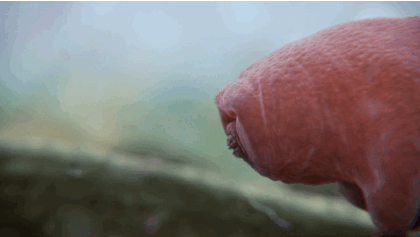
The microscopic tardigrade (or water bear) is nature’s toughest animal! It can survive in the planet’s most extreme conditions, from being cooked at 304 degrees F to being completely dehydrated for up to 10 years. These creatures can even survive in outer space!
2. Sand
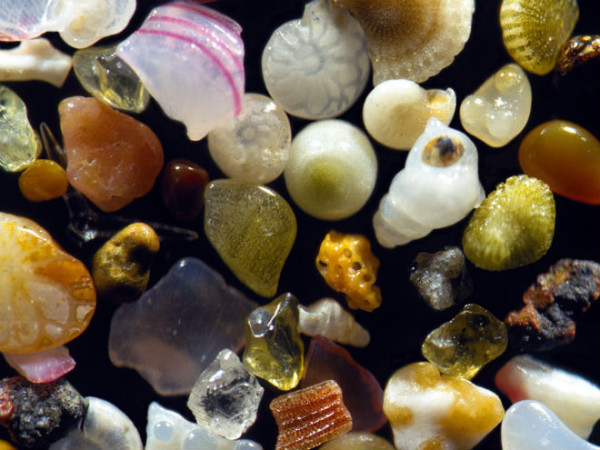
This is how a grain of sand looks under a microscope, reflecting the biology and geology of the area it was taken from. Now just imagine how many treasure troves are contained on an entire beach … and how many beaches there are in the world!
3. A cactus “giving birth”!
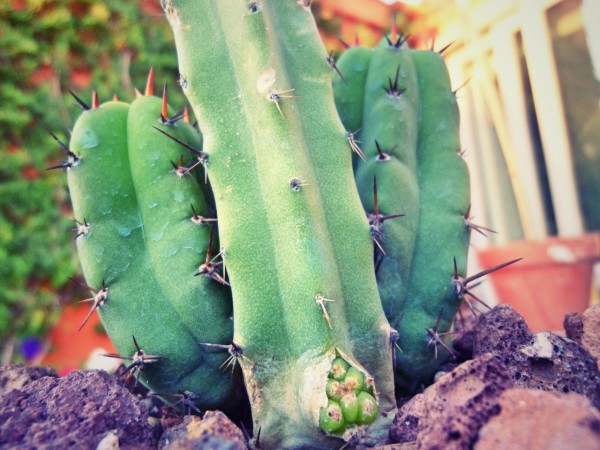
Cacti are flowering plants that produce seed-bearing fruit, but the plant can produce its own genetic twin from pieces that have been broken off! The spines of a cactus can be used to cure wounds after they’ve been sterilized using hot coals.
4. The Moth Orchid
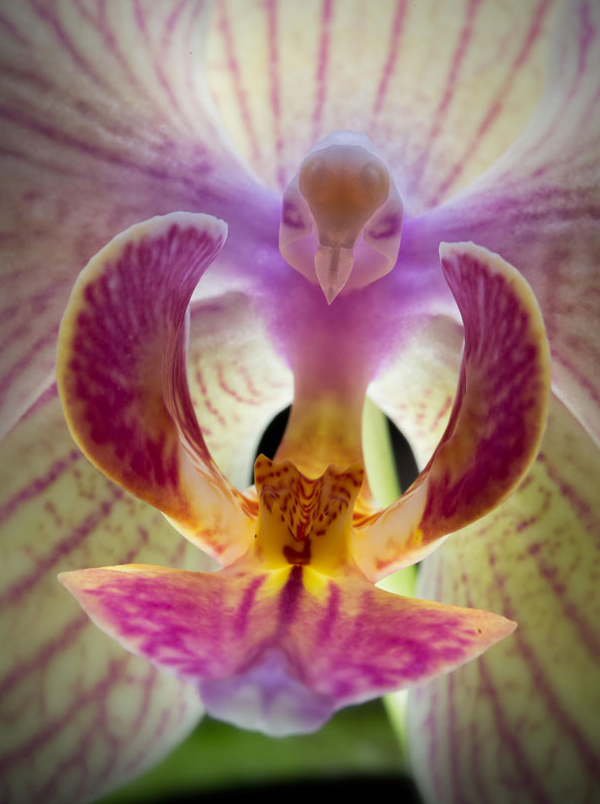
This astonishing moth orchid (Phalaenopsi) looks like a bird ready to take flight. That’s because the Phalaenopsis cultivar was carefully cultivated by inventor René Schoone and resembles a hummingbird almost perfectly, making it all the more attractive to potential pollinators.
5. Seahorses
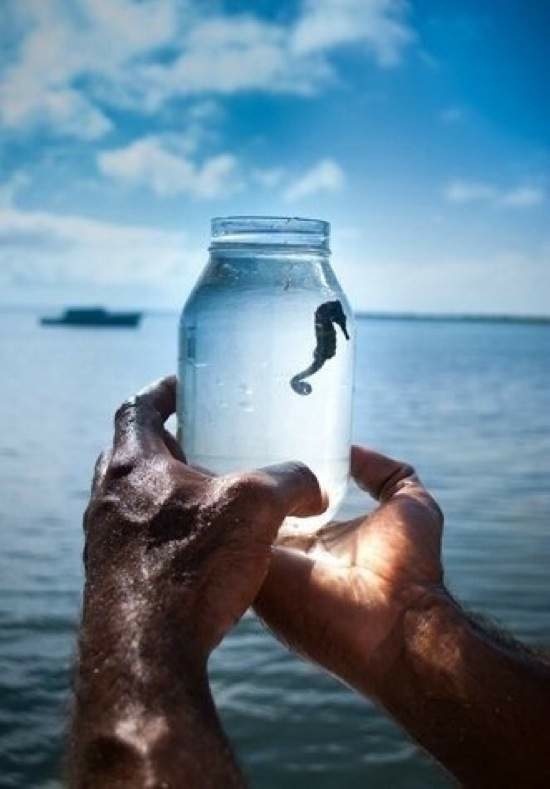
This tiny seahorse in a jar looks magnificent. Seahorses are the only animal species on Earth in which the males become pregnant and give birth, which frees the females to more quickly reproduce more eggs!
6. Fruit Flies
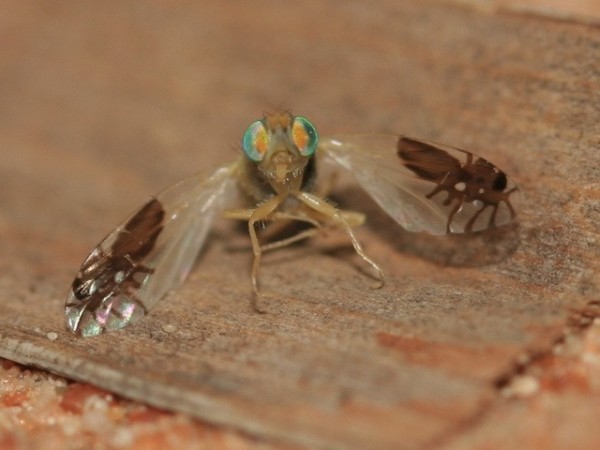
This fruit fly (G tridens) has evolved wings that look like two ants are protecting him. Each “ant” appears perfectly designed and, according to scientists, is amazingly symmetrical. By flapping its ant wings, these fruit flies are able to visually confuse and ward off predators.
7. Sea Turtles
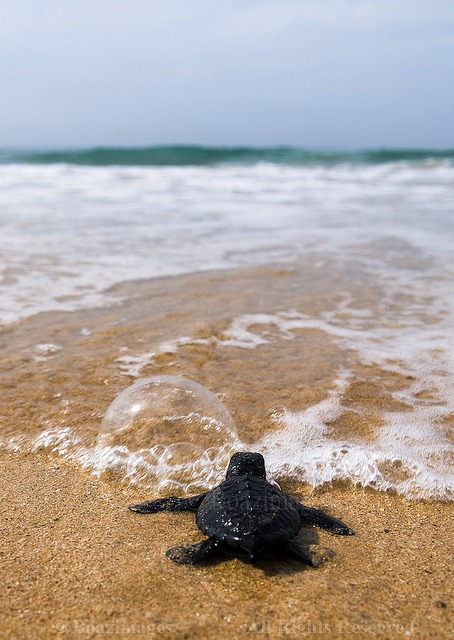
This newly hatched baby sea turtle is ready to take on the ocean. During the first three to five years of their lives, sea turtles spend most of their time floating in seaweed beds, where they find food and shelter before venturing out into deeper waters.
8. Newborn Baby fingers

The firm grasp of a newborn baby’s fingers is wonderful, even though their legs are their strongest body parts. It takes weeks for a baby to recognize other adults and people, but they can recognize the smell and voice of their mother right at birth. Mothers can also detect their baby’s own unique scent from a batch of newborns!
9. Snowflakes
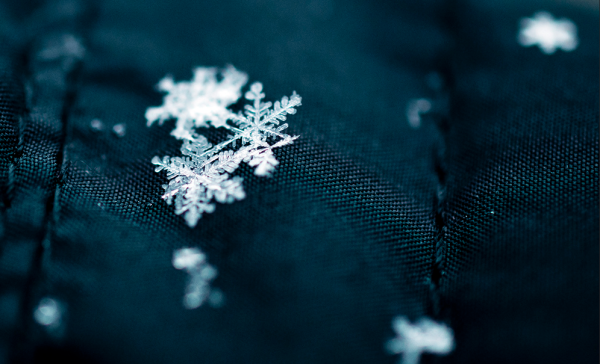
Out of billions and billions, no two snowflakes are exactly the same. Incredibly, snowflakes always have six sides, similar to the human fingerprint! As the temperature drops, snowflakes become larger and more complex in design.
10. The Glasswing Butterfly
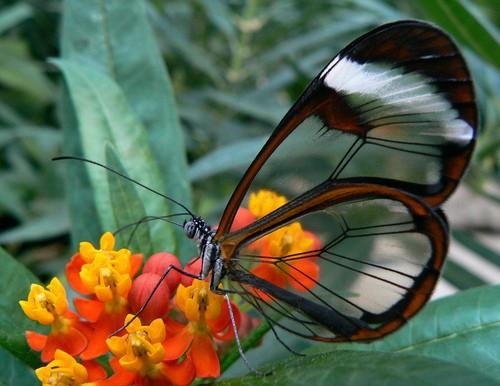
This glasswing butterfly (Greta oto) has lovely translucent wings that provide a window of sorts into its tiny world. This unique species is confounding to science, as it lacks the colored scales on its wings that are found on other butterflies, making it appear as though its wings are made of glass!
11. Bioluminescent Phytoplankton
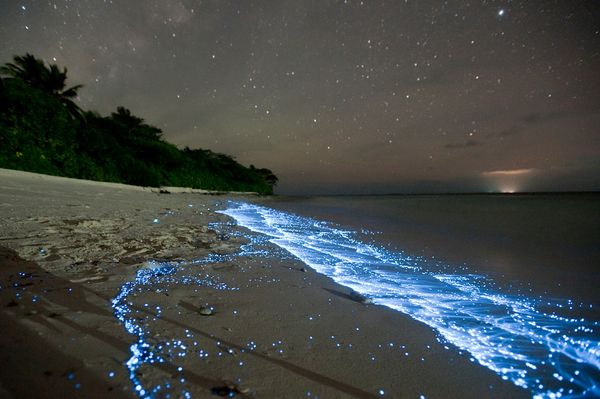
Tiny bioluminescent phytoplankton, known as dinoflagellates, make the waters on the Vaadhoo Island in the Maldives glow bright blue! For this reason, it is known as the “sea of stars.”
12. Hummingbirds
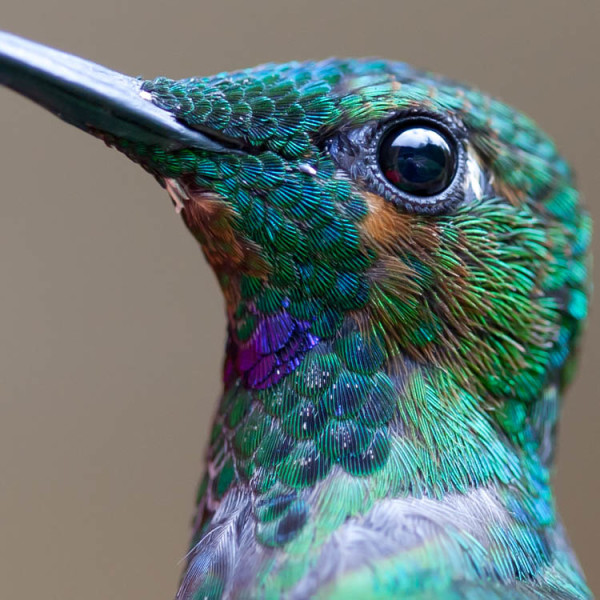
The colorful and intricate plumage on this hummingbird’s coat of feathers is a sight to behold. Hummingbirds can hover mid-air by flapping their wings 12 to 90 times per second!
13. Rain Droplets
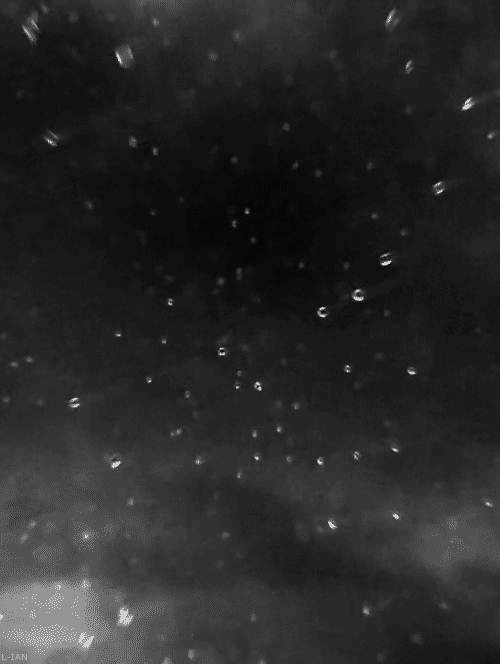
The way it feels to look up and see so many raindrops falling from the sky is incomparable. However, we are not the only planet to experience rain; Venus rains sulfuric acid, and scientists suspect that on Saturn and Jupiter, it rains diamonds!
14. Golden Tortoise Beetles
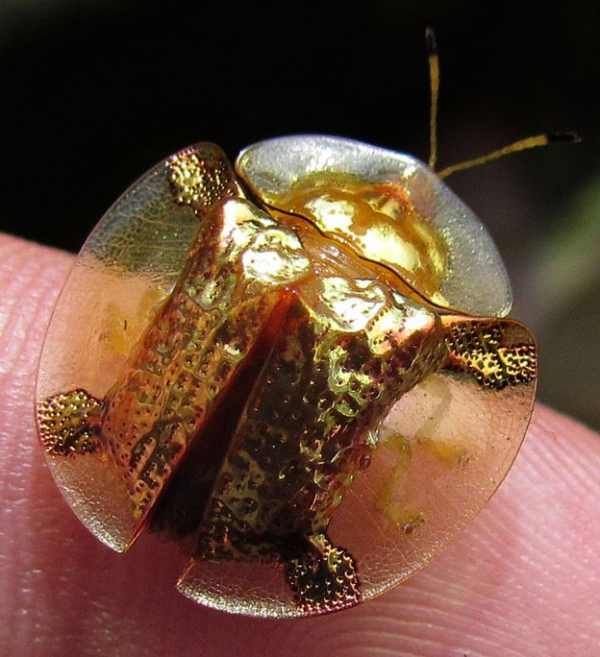
The amazing golden tortoise beetle looks like the Golden Snitch from Harry Potter! Not only can this tiny metallic insect change its reflectivity, but it can also alter its coloring to distract prey.
15. Tiny Octopuses
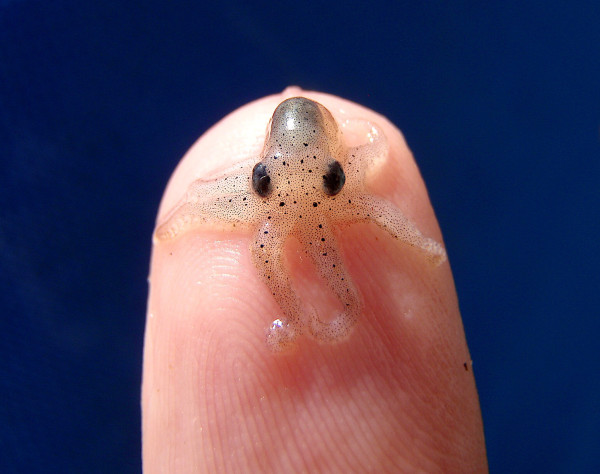
Even though our oceans contain gigantic octopuses that can weigh up to 156 pounds, there also exists the Octopus wolfi, which was first discovered and classified in 1913. Octopuses are so smart that they can learn simply by observing the behavior of other octopuses, and they can solve problems like unscrewing a lid from a container to get food.








